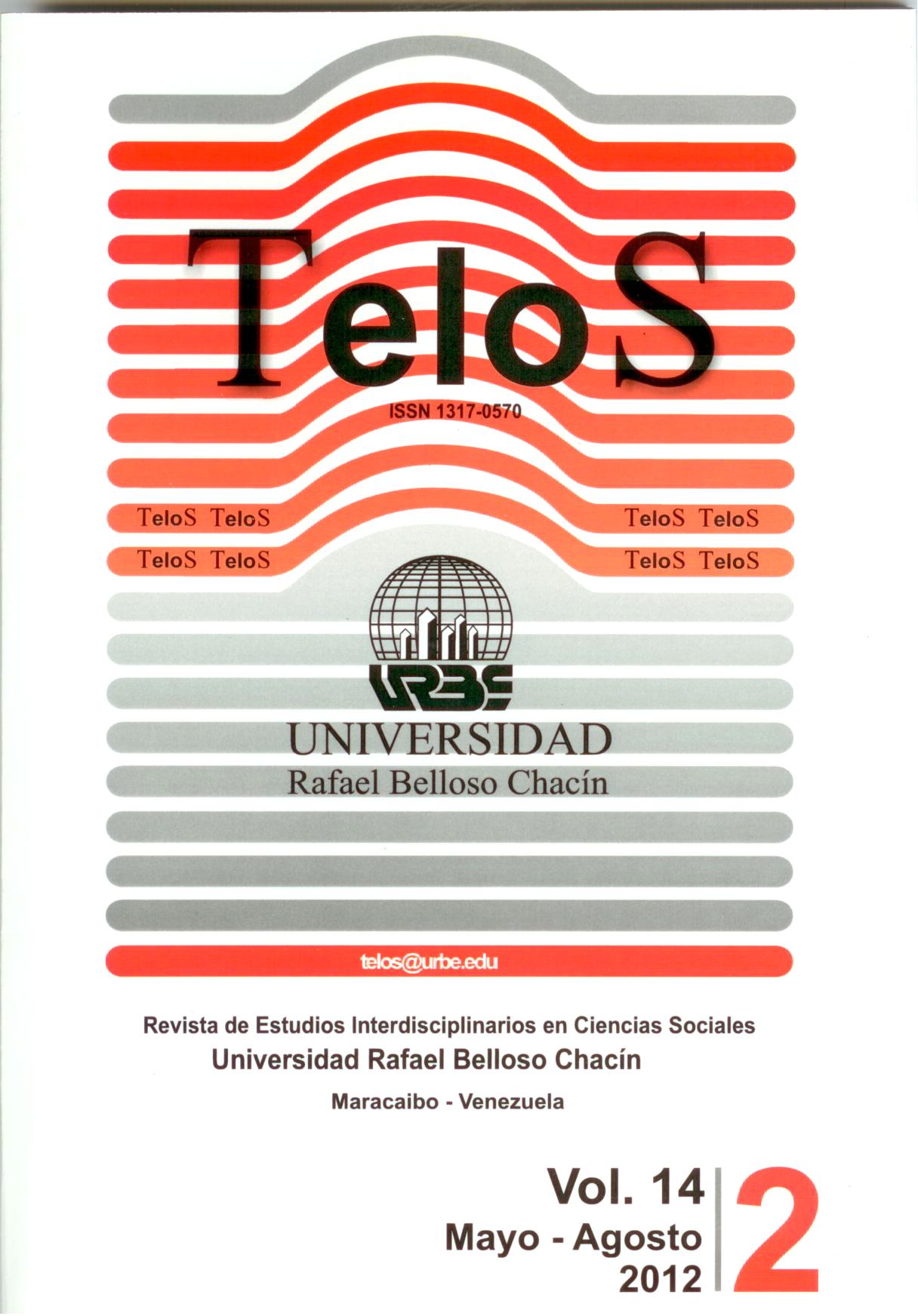Psychometric Study of the Human Figure Test
Keywords:
Psychological tests, intelligence tests, psychometric propertiesAbstract
This research aimed to determine the psychometric properties of the projective test, “The Human Figure Test” (Machover, 1976), given to explore the aptitudes of applicants for guidance studies, one of the ten education majors at the University of Zulia, Venezuela. Cohen and Swerdlik (2006), Hogan (2004), Larsen and Buss (2005) and Shaughnessy, Zechmeister and Zechmeister (2007) were used as the main authors of reference. The methodology was descriptive, with a non-experimental, field design. The test was applied to 559 people, 484 female and 75 male, aged 17 to 47 years. The reliability coefficient obtained by the split-half method was 0.77, interpreted as medium high, which indicates that the test is reliable; that is, correlation exists between the halves and the items for each part of the test. Interobserver reliability, evaluated by three independent reviewers, resulted in a coefficient of 0.87, interpreted as high. To determine validity of the test, the construct with the index of internal consistency was used, finding a value of 0.51, which indicates little relationship among the different aspects measured by the test and demonstrates the heterogeneity of these elements. A local scale was constructed and interpretation standards were obtained for the aforementioned population. Conclusions are that the human figure test has reliability and validity, its results are consistent and the instrument measures the construct being measured, recommending use of the standards obtained for interpreting results.




